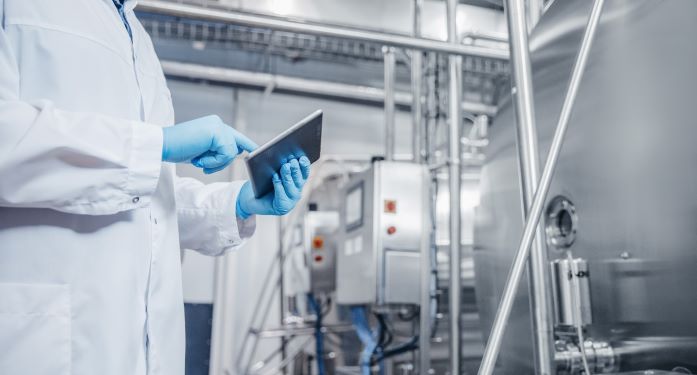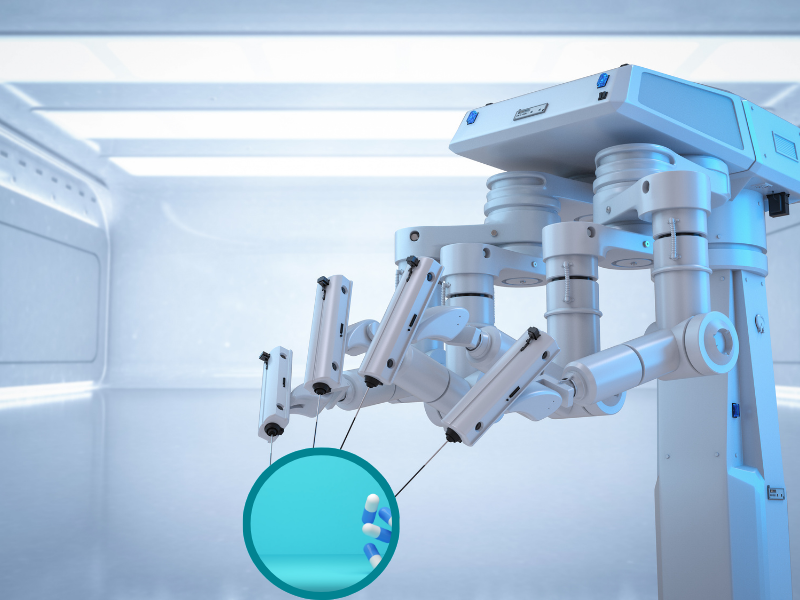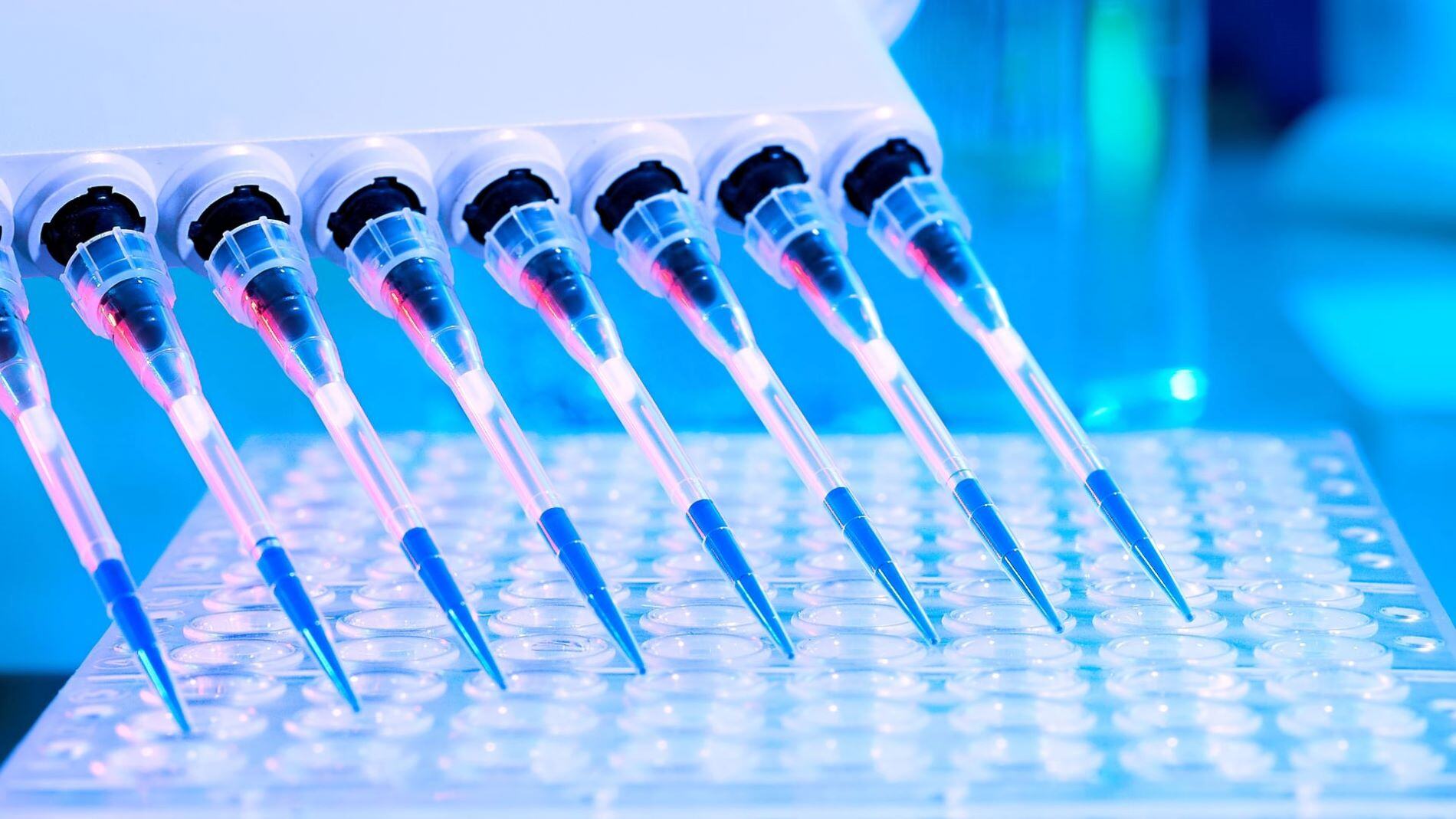Lab Digitalisation: Automation, Transformation, and the Smart Labs of the Future

Advances in technology since the 1990s have radically altered the nature of the laboratory environment. Massive improvements in connectivity and computing power have opened the door for lab digitalisation, while the plethora of new communication techniques available make it easier than ever for the sharing of information, both internally and externally between companies.
One barrier to the broader implementation of digital labs is the continued use of paper lab books, which can slow down the process of data conveyance despite being a more familiar medium for many researchers and scientists. Advancements and new technologies such as electronic laboratory notebooks (ELNs) have been created to provide an alternative for these recording techniques, and to help with the standardisation of data.
In this Insight article, we explore some key perspectives from industry figures on the past, present and future of lab digitalisation. Cyndi Novak, Senior Manager for the Laboratory Computing Systems Team at Bristol Myers Squibb, offers her insights into a case study and highlights what she believes are the key areas of focus for a laboratory looking to make the jump away from paper-based recording approaches.
The Smart Labs of the Future
The paperless integration of laboratory functionality is an important area of focus for Cindy Novak, Senior Manager for the Laboratory Computing Systems Team at Bristol Myers Squibb. “What we want in the lab of the future is very little overlapping functionality,” she said. The aim is to be as fully integrated as possible, with no paper records and users entering data into a single digital environment. However, change management always presents hurdles and obstacles. “Some people just don’t want to give up their physical notebook and risk the possibility of someone else getting their data before it’s ready to be shared.”
Retrieving and reinterpreting data after it has been compiled is a headache for laboratory technicians across the world. “If you want to go back and look at that information a year or two from now, it proves difficult to do,” said Novak. She added that in the idealised lab of the future, the goal was to achieve little overlapping functionality and overlapping data. “You want to be as fully integrated as possible. So that means really getting rid of the paper. No more notebooks, no more need to jot things down.”
Novak highlighted change management as a key solution for ensuring that the transition away from paper-based laboratories is secure and meets standards for usage. In particular, identifying small projects that support the end goal can make the overall transition more manageable. “If you try and do all of this at once as a very large project it’s going to take a very long time, and people are going to get tired of it because they won’t see the end of it,” she continued. A more sustainable strategy is to identify small projects that support this end goal and implement changes incrementally.
Lab Digitalisation: Past and Present
Both national and international research environments have seen significant advancements in the conduct of laboratory data recording practices since the start of their careers. Laboratories in the 1990s used to be predominantly paper-based, including paper lab methods, lab notebooks and control charts. Collaboration with other laboratories was conducted through email and travel, with other mediums of communication and collaboration largely limited by the technologies of the time.
- In Conversation with Dr. Maya Natarajan, Neo4J
- The Productivity and Legacy Systems Governing Smart Labs
- How Important is Digital Literacy and User-Friendliness in Smart Labs and Automation?
Quality control systems were paper-based, which meant a greater potential margin for error in the recording of certain details and processes. A key focus in the journey towards a more homogenous approach to lab digitalisation, data interpretation, and recording has been on the standardisation of internal manufacturing, a transition best encapsulated by digital plant maturity models (DPMMs).
Maturity Models and Digital Transformations
DPMMs have five stages: pre-digital plants, digital silos, connected plants, predictive plants, and adaptive plants. Together, these encapsulate the transition from paper-based automation processes and systems towards a more networked lab with digital instruments and automated processes. The next step in the progression from this would be digital silos, which are interconnected, but the systems are not used in the same way across all sites.
Senior figures in the industry have stressed that this progress was not linear, but rather the result of a series of gradual stages of shifts and transitions, with each alteration improving the process efficiency. These alterations included the implementation of real-time data capture, adaptive plant and high-level automation with high-level analytics used in artificial intelligence. “The goal is to have an integrated process end-to-end, with the data kept true in real time,” said one research lead. “The last level is the adaptive plan, which is very highly automated. In general, the biopharmaceutical industry is looking to keep moving the needle.”
Challenges in the Industry for Lab Digitalisation
A central issue in the industry it is that quality control (QC) labs have fallen behind the digital enablement of the manufacturing environment. Technicians may use non-integrated systems which may not be guided or assisted by technology so human errors in both process and data could lead to deviations and the repetition of tasks. As an additional complication, data may not be captured or consistently shared, making it potentially difficult to use analytics to optimise outcomes.
This falling behind in quality control can impact several lab processes, including lead times for testing, the cost of testing, batch variability, product yields, and the predictability of quality. To overcome these barriers to progress, some laboratories have developed an integrative approach to data recording and utilisation. “The quality control laboratory of the future should leverage modern approaches and best practices to implement tools and technologies that maximise the efficiency and performance of lab processes and operations,” summarised another industry figure.
“The expression that it takes a village to raise a kid – it’s the same approach here.”
The QC lab of the future has been envisioned as a laboratory fully integrated with manufacturing through the capture of data in real-time. One step that can be taken is to develop labs with digital output in mind: a progression of data analysis requires strong business partnership, cross function, and external collaboration. “That expression, it takes a village to raise a kid – it’s the same approach here,” the source said. “The way we’re providing medicine to our patients – at the end of the day that’s our primary focus.”
Want to read more about the latest updates in lab automation techniques? Head on over to our PharmaTec portal to find insights from some of the industry’s best and brightest, with focuses on explainable AI and machine learning implementation. If you want to register your interest in our upcoming Pharma Data UK: In-Person conference, visit our event website.







